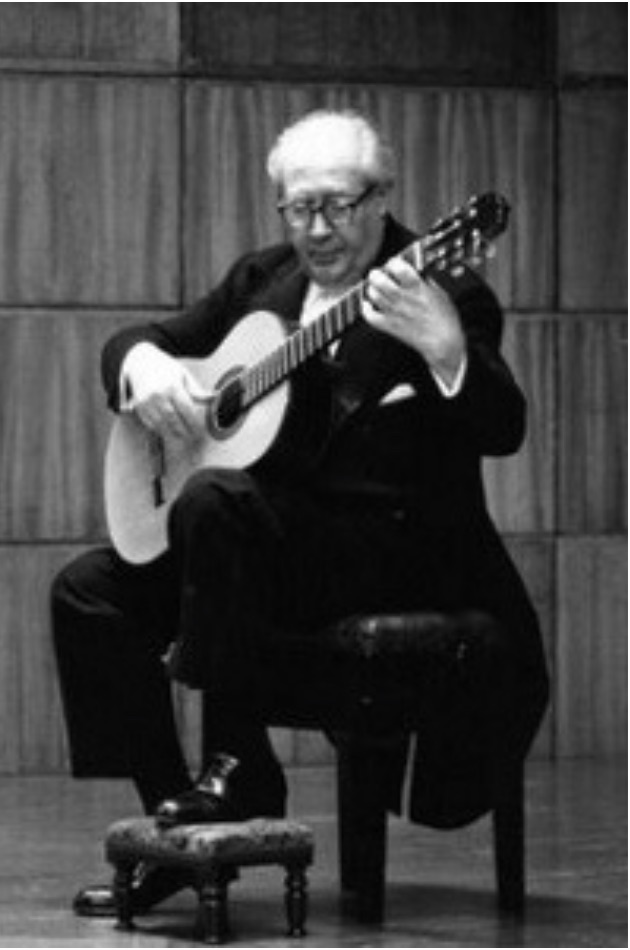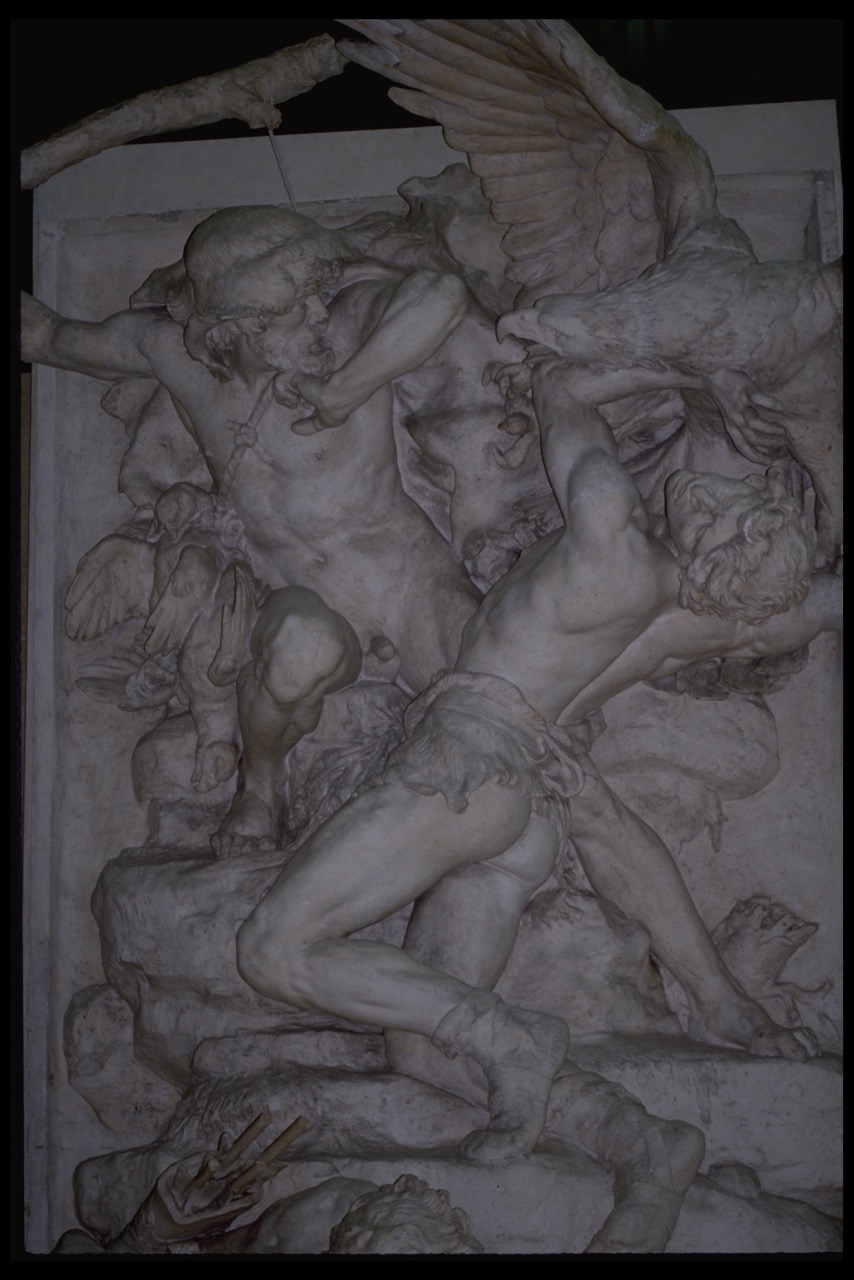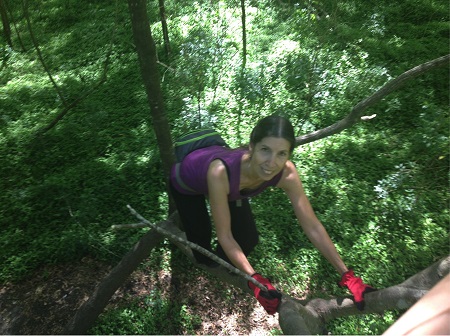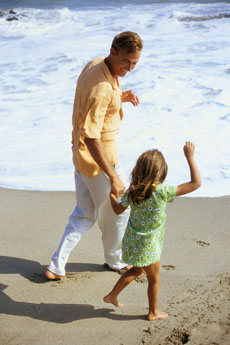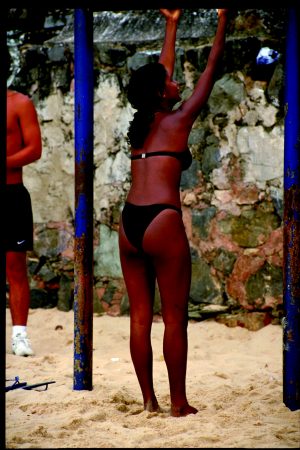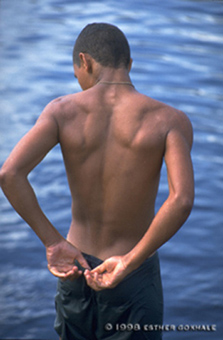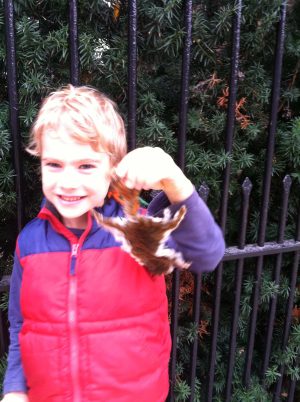From the Argentine romantic composing a tango to the K-pop star strumming for an audience of thousands, guitars are a favorite instrument around the world. In fact, the guitar is the second most
Get Updates on the Latest Blog Posts
As your mother always said, practice makes perfect. Luckily, every day you are presented with countless opportunities to perfect your posture while sitting, walking, sleeping and...showering.
Yes, that’s right. You can, and should, be aware of your posture even while performing the most mundane of tasks. So before your next shower, take a few meditative minutes to enjoy the healing properties of warm water...and then pause before you grab your shampoo bottle. Why? Because the half-minute you spend lathering your hair is probably the most vulnerable shower-time for your back.
Gokhale Method Institute employee Annie Rempel sat down with teacher Kathleen Marie to listen to and document her journey with the Gokhale Method.
Spring is in the air! As the temperature rises, we go for lighter footwear, exchanging our shoes for sandals, or going barefoot. It may have been a while since our feet had so much exposure - what can we do to benefit our feet and put a little spring into them?
When the weather is cold, we bundle up in gloves, scarves, hats, and sweaters. But these aren't the only extra burdens we carry. From Kleenex and chapstick in our purses, to holiday shopping bags
Lengthening the spine is an important component of the Gokhale Method and the best way to begin a posture transformation. Creating space between the vertebrae decompresses the discs and promotes healthy nerve function. Allowing your spine to be in gentle traction often throughout the day is an excellent way of creating a healthy baseline. We can do this by sitting, standing and sleeping with good posture. In addition to these Gokhale Method basics, sometimes your back muscles crave an even deeper stretch. Below I’ve outlined three additional ways you can stretch your spine that are safe and therapeutic.
Over the years, GMF course alumni have often reported that they lost weight. Occurring too frequently to be coincidence, these testimonials have spurred me to thinking about the weight loss – posture connection. Here are some possible mechanisms:
1. After restoring their primal posture, students are out of pain, feel better, and indulge in the natural human impulse to move and go back to an active life.
On our website, the top searches include, "glutes," "walking," and "butt." So I thought I'd take this chance to say a few words on the subject.
"Callipygian" is an English word of Greek origin. It means “of, pertaining to, or having beautiful buttocks”. The word, (pronounced kal-uh-PIDGE-ee-uhn), is derived from the Greek word “kalli” meaning beautiful, and “pyge” from the Greek word for rump or buttock.
This past summer I had the wonderful opportunity to visit the Teaching Drum Wilderness School in the north woods of Wisconsin to teach a Gokhale Method Foundations Course. Teaching Drum has year-long immersion programs, designed to foster awareness in self and community, as well as teach wilderness skills such as hidetanning, basketry, primitive cooking, and lodge construction.

